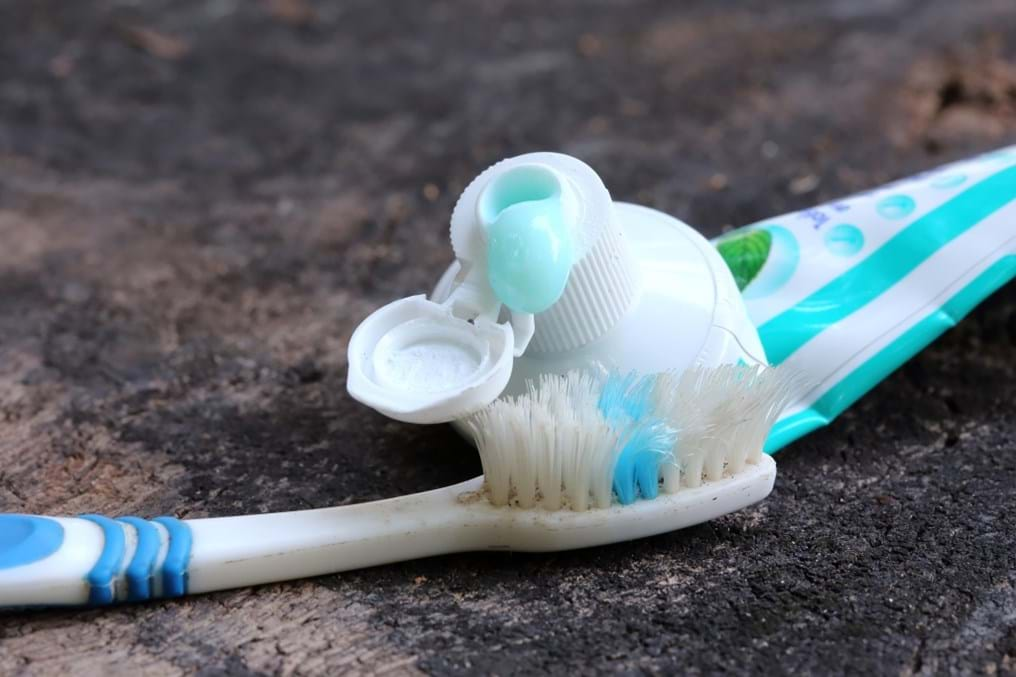More uses than an old toothbrush (Day 251)

2nd February 2015

That's also a lot of toothpaste tubes (assuming we still use them in 2050).
Old toothbrushes have many cleaning uses once they are past their best - cleaning jewelry, bathroom taps and appliances, computer keyboards and even applying hair dye (see my profile page and you'll know I don't do this - yet!).
But recycling toothpaste tubes hasn't been that easy - they just end up in our trash once we've squeezed the life out of them.
However, some chemical engineering wizardry developed at the University of Cambridge, UK, can now turn toothpaste tubes and drinks pouches into both aluminium and fuel in just three minutes.
Bizarrely, the technology was inspired by burnt microwaved food and developed by chemical engineers, Professor Howard Chase and Dr Carlos Ludlow-Palafox, at the University of Cambridge.
They have used the intense heating process (don't try this at home!) called microwave-induced pyrolysis to help recover useful materials from packaging wastes.
It works using particulate carbon, which is an efficient absorber of microwaves and can transfer this thermal energy to adjacent materials.
If the adjacent material is organic, such as plastic or paper, it breaks apart (or pyrolyses) into smaller pieces. If the material is a metal attached to the plastic or paper, the metal can be recovered in a clean form after the attached organics are pyrolysed.
All this has translated into a commercial-scale plant designed, built and operated by Cambridge spin-out Enval Limited to demonstrate the capabilities and economics of the process to investors and waste handlers.
Enval has focused on plastic–aluminium laminate packaging. Although it is light, cheap and able to protect its contents from light and air, the combination of plastic and aluminium in the packaging presents a technical recycling challenge.
For those manufacturers in the food, drink, toothpaste, pet food and cosmetic product sectors, it has been an environmental problem.
Carlos says: “We have carried out a life-cycle assessment of the packaging and it’s still environmentally better to use these laminates even though they are not recyclable, just because so little materials and energy goes into making and transporting them compared with alternatives like glassware and cans.
“There is no real drive to replace them and their market use is increasing by about 10–15 per cent every year.
"In the UK, roughly 160,000 tonnes of laminates are used per year for packaging, which means at least 16,000 tonnes of aluminium is going into the ground. Just imagine if we could routinely recycle this.”
The Enval facility is recycling up to 2,000 tonnes of packaging a year and it generates enough energy to run itself.
Enval now has an arrangement with manufacturers of plastic–aluminium laminates to recycle their industrial scrap at less than what they would have spent on sending it to landfill.
Thanks to chemical engineering, steady, incremental gains like this are really important as we move to a more sustainable way of living. You can find out more about the project online.